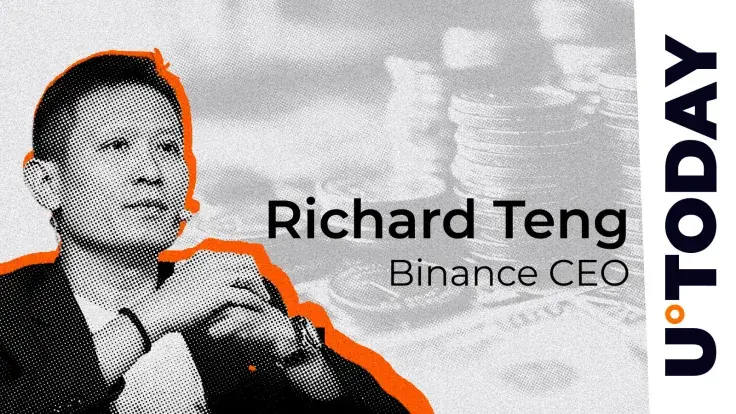
Richard Teng, the CEO of Binance, recently reaffirmed the company’s commitment to transparency, security and compliance, but his timing has raised eyebrows as the statement collides with growing speculation that the black-and-yellow crypto behemoth played a role in an attack on Hyperliquid, a decentralized exchange that many believe threatens the dominance of centralized platforms like Binance itself.
The irony of Teng’s words is not lost on the crypto community, as Binance finds itself at the center of yet another controversy.
The series of events fueling these suspicions is alarming and intricate. An unidentified attacker initiated a calculated strategy involving shorting JELLY futures while purchasing the meme coin on-chain at the same time, artificially inflating its price.
This was followed by an intentional self-liquidation, forcing Hyperliquid’s liquidity provider to absorb a $4.5 million loss.
As the price of JELLY continued to climb due to spot purchases, a second wallet took a long position, reaping significant profits, while Hyperliquid struggled to contain its exposure. The exchange ultimately suffered more than $10 million in losses.
Binance and Hyperliquid drama
The controversy, however, lies in the origin of the attack funds. Blockchain analysis traced the capital used to execute the operation back to OKX and Binance, fueling speculation that centralized exchanges orchestrated the attack to destabilize Hyperliquid. This theory gained traction when both exchanges announced the listing of JELLY perpetual futures right during the attack.
Thus, Teng’s words about transparency and compliance now sit uncomfortably in the midst of this situation.
It is worth pointing out that Hyperliquid responded by delisting JELLY and activating its Auto-Deleveraging (ADL) mechanism, which forcibly closed all positions at a fixed price of $0.0095. Some users accused the platform of unfairly determining this settlement price.


 Dan Burgin
Dan Burgin Vladislav Sopov
Vladislav Sopov U.Today Editorial Team
U.Today Editorial Team